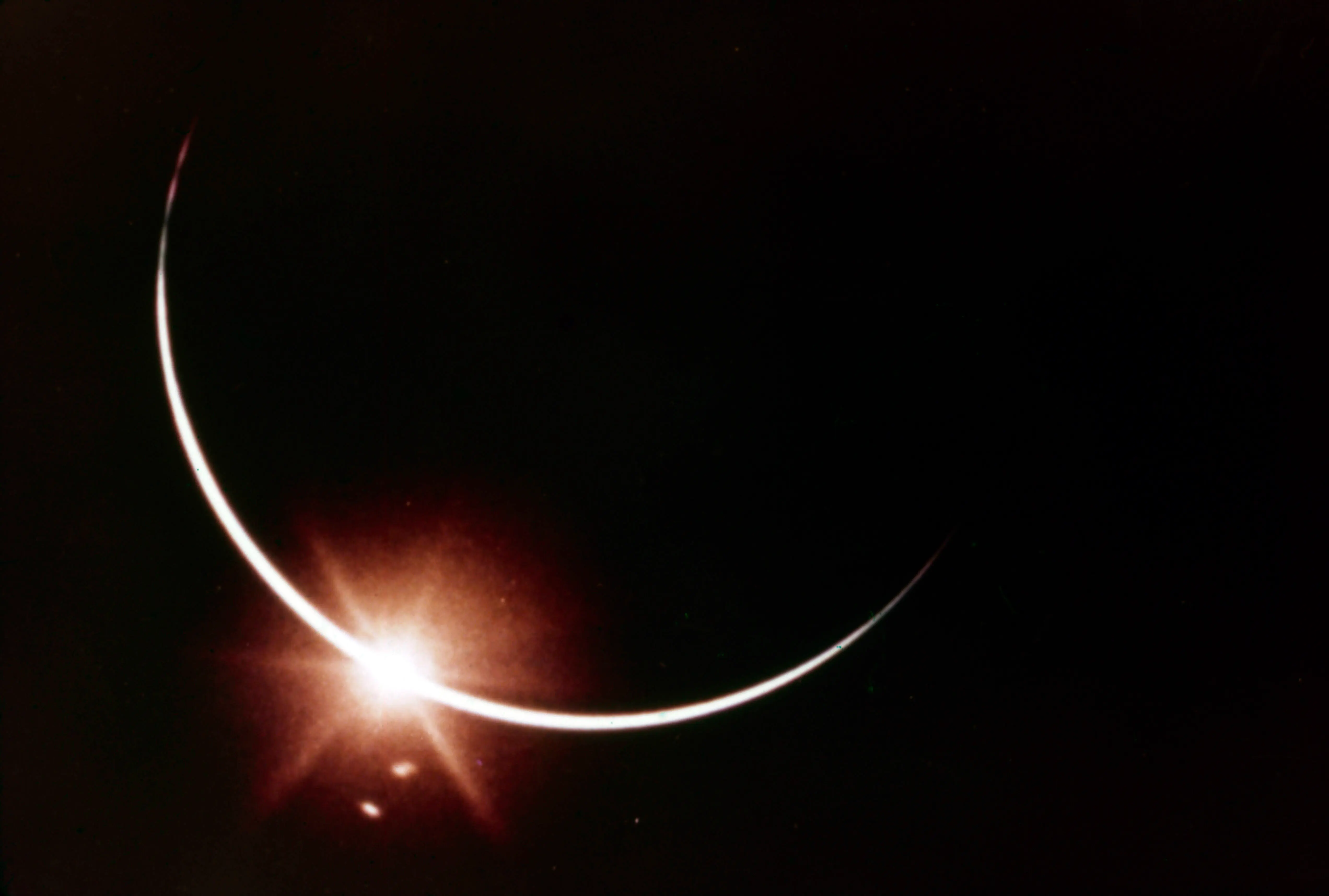What is the Moon phase today? A complete look at the lunar calendar for 2025
-
 View, taken during NASA's Apollo 12 mission, spacecraft as it returned from its mission to the moon, November 21, 1969. The photo was taken from the mission's command module during it's return voyage. (Photo by NASA/Interim Archives/Getty Images)
View, taken during NASA's Apollo 12 mission, spacecraft as it returned from its mission to the moon, November 21, 1969. The photo was taken from the mission's command module during it's return voyage. (Photo by NASA/Interim Archives/Getty Images)The Moon has always been one of the most recognizable objects in the sky. It changes shape slightly every night — sometimes round and shining, sometimes just a sliver of light. These are moon phases, and they occur in a regular sequence each month.
Being able to know the phase of the Moon is useful for those who enjoy viewing the sky, photographing it, or just gazing up at night.
How Moon Phases Work
The Moon does not emit light. It reflects the light of the Sun. As it orbits Earth, we observe varying portions of its illuminated portion. This is what creates the illusion of it appearing to change shape. There are about eight main phases of the Moon. The cycle begins with the new moon, where the side of the Moon facing Earth is dark. Next is the waxing crescent, where a thin slice of light is visible.
The first quarter reveals half the face of the Moon illuminated, and the waxing gibbous is when most of it shines. The full moon is when the entire face is lit. Then, the light starts to get smaller again. The waning gibbous, last quarter, and waning crescent come, before the cycle begins anew with another new moon.
The Moon’s Phases in 2025
In 2025, the Moon will complete 12 full cycles — one for each month. Every month’s full moon has a special name. For example, January is called the Wolf Moon, March is the Worm Moon, and October is the Hunter’s Moon. These names come from old traditions that followed the seasons and nature’s patterns. Some full moons in 2025 will be a bit different.
There will be supermoons, which look bigger and brighter because the Moon is closer to Earth. There will also be micromoons, which look smaller when the Moon is farther away. If you watch the sky often, you can notice these small changes.
Why the Moon Matters
The Moon has always been an important part of life on Earth. Its pull controls the ocean tides. Long before clocks and calendars, people used the Moon to measure time.
In the past, farmers looked at the Moon’s phases to decide when to plant and harvest crops. Even today, many festivals and traditions still follow the lunar calendar. Scientists continue to study the Moon closely. By observing its phases, they learn how light reflects and how shadows move.
This also helps them understand other planets and asteroids that don’t have an atmosphere. Anyone can enjoy watching the Moon.
You don’t need any special tools — just step outside and look up. For a clearer view, it helps to move away from bright city lights.
You can also check free lunar calendars or apps to know which phase the Moon is in each night.In 2025, the Moon will once again go through its beautiful cycle — from dark to light and back again. Whether it’s a thin crescent or a bright full moon, it continues to remind us of nature’s steady rhythm and the passing of time.
TOPICS: Moon